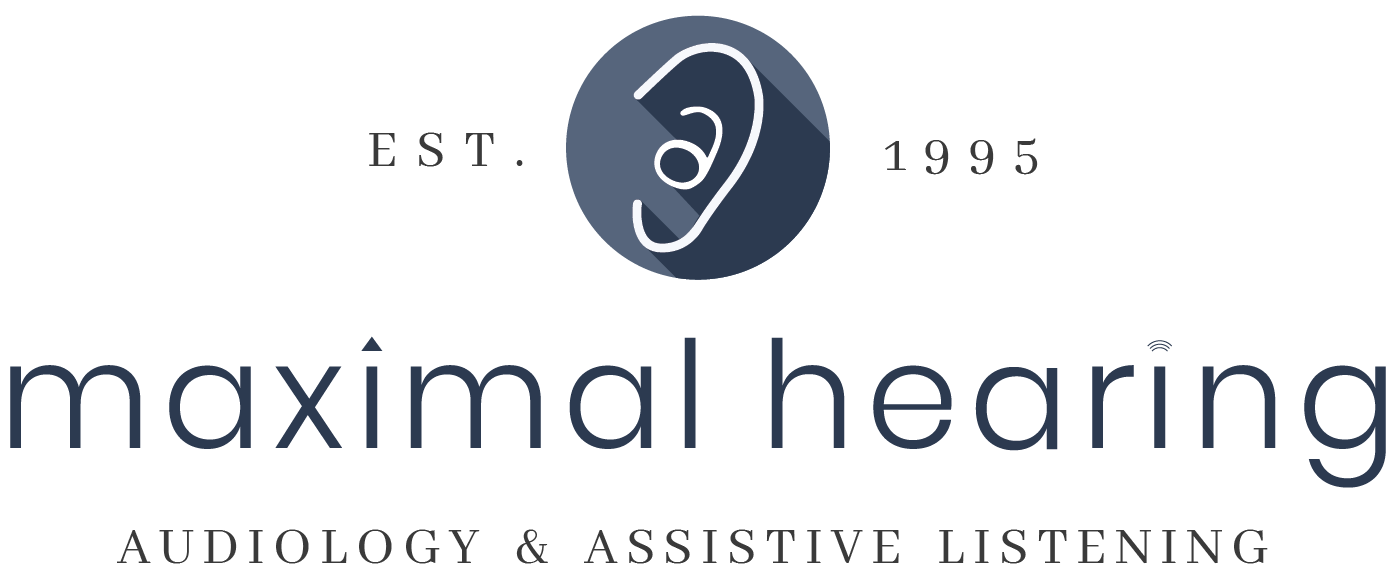Treating Hearing Loss
Once you are ready to come in for an appointment, here is what you can expect during your hearing evaluation with audiologist Matt Campbell.
Different Types of Hearing Evaluations
We’ll first conduct a variety of hearing tests. Here are the most common ones we use.
Otoscope: during this test we’ll search for any physical blockage that could be hindering your hearing.
Impedance: during this test, we’ll check the pressure of your ear drum.
Audiometry: during this test, we’ll look for sound levels, tones and words you can hear.
Audiometry Results & Reading Audiograms
It’s important for us to understand the degree of hearing loss that you have experienced before we determine the best method of treatment.
Below is a typical audiogram graph that shows the softest and loudest sounds one can hear at different pitches and frequencies.
When markers from your results show up closer to the top of the graph, that generally means you can hear softer sounds. The lower the markers show up on the graph, the more severe your hearing loss is.
Assessing Lifestyle & Budget for Hearing Aids
Once all the testing is done, we will review your hearing test results with you and thoroughly assess your current hearing needs. Are you regularly with other people (in a loud setting), do you spend a lot of time at home, do you watch a lot of TV, etc.?
Here are the main things to consider when purchasing a hearing aid:
Budget
Loss Severity
Lifestyle
Cosmetics
Tech
Once we know more about your current hearing hurdles, we’ll be able to recommend the hearing aid that best fits your scenario. We’ll demonstrate how certain models work, their technological features (like iPhone compatibility). And, if you are satisfied with a specific hearing aid, we’ll take a mold of your ear and schedule a fitting.
Importance of Implementation Plans
At your hearing aid fitting, we’ll ensure your hearing aid fits comfortably, test your new hearing aid and adjust settings, educate you on cleaning, care & maintenance, and discuss an implantation plan.
What’s an implantation plan?
Learning to put on a hearing device every morning is like learning a new habit. You will need to ensure you have the proper support from family members and friends to kindly remind you to wear your new hearing aid.
You will also need motivation. Research suggests that it takes about 30 days to get adjusted to amplified sound. So, we want to ensure that in the first month of receiving your hearing aid, you’re wearing it often and you’re acclimating well to the sound.
